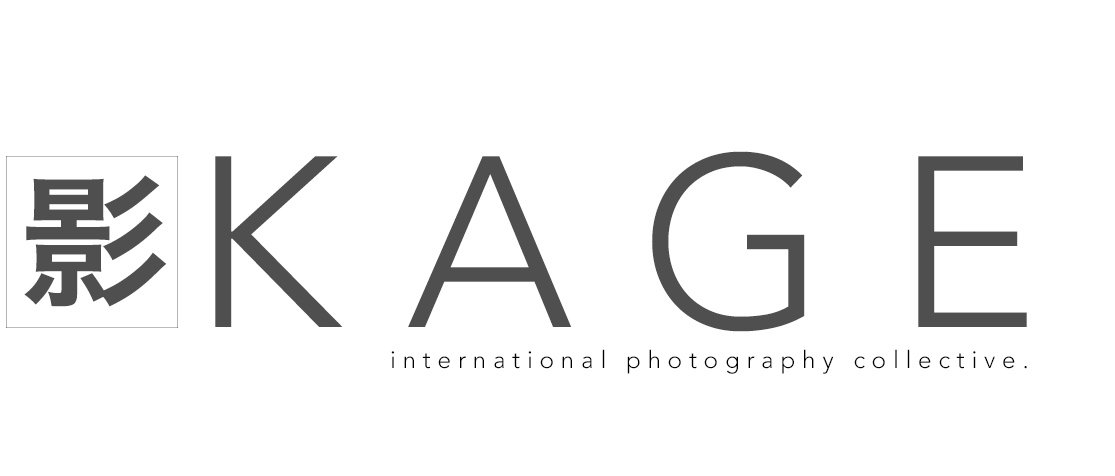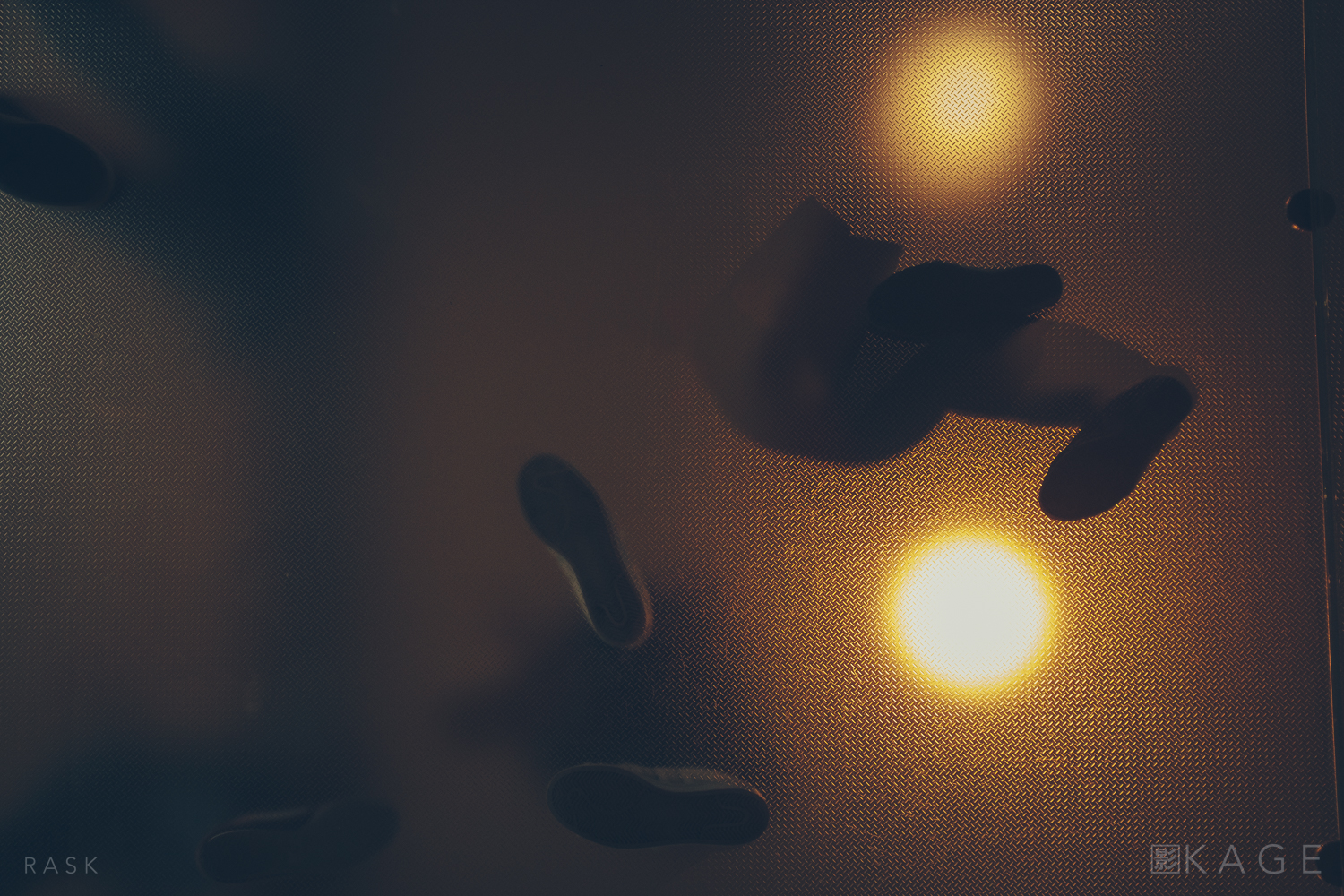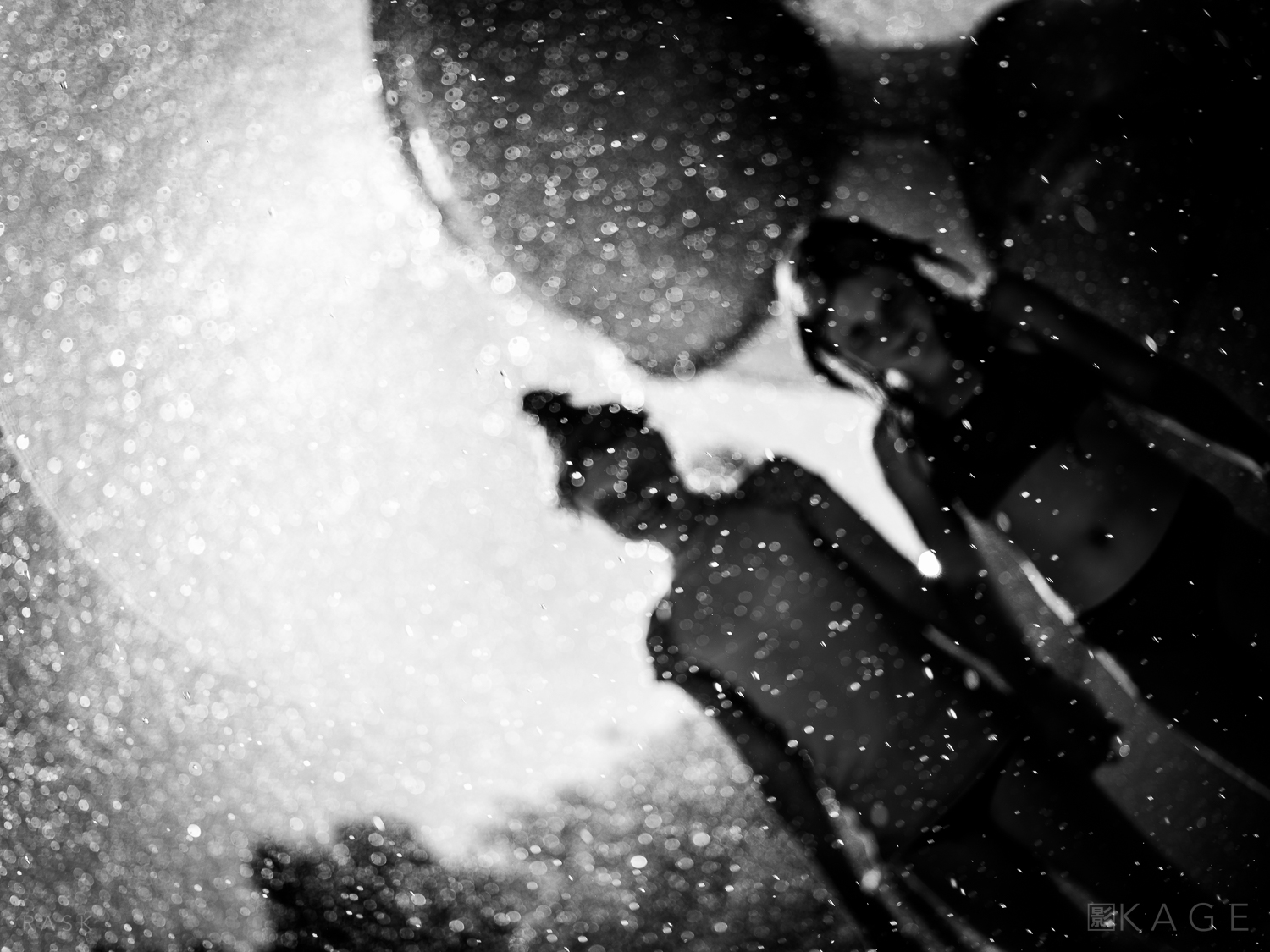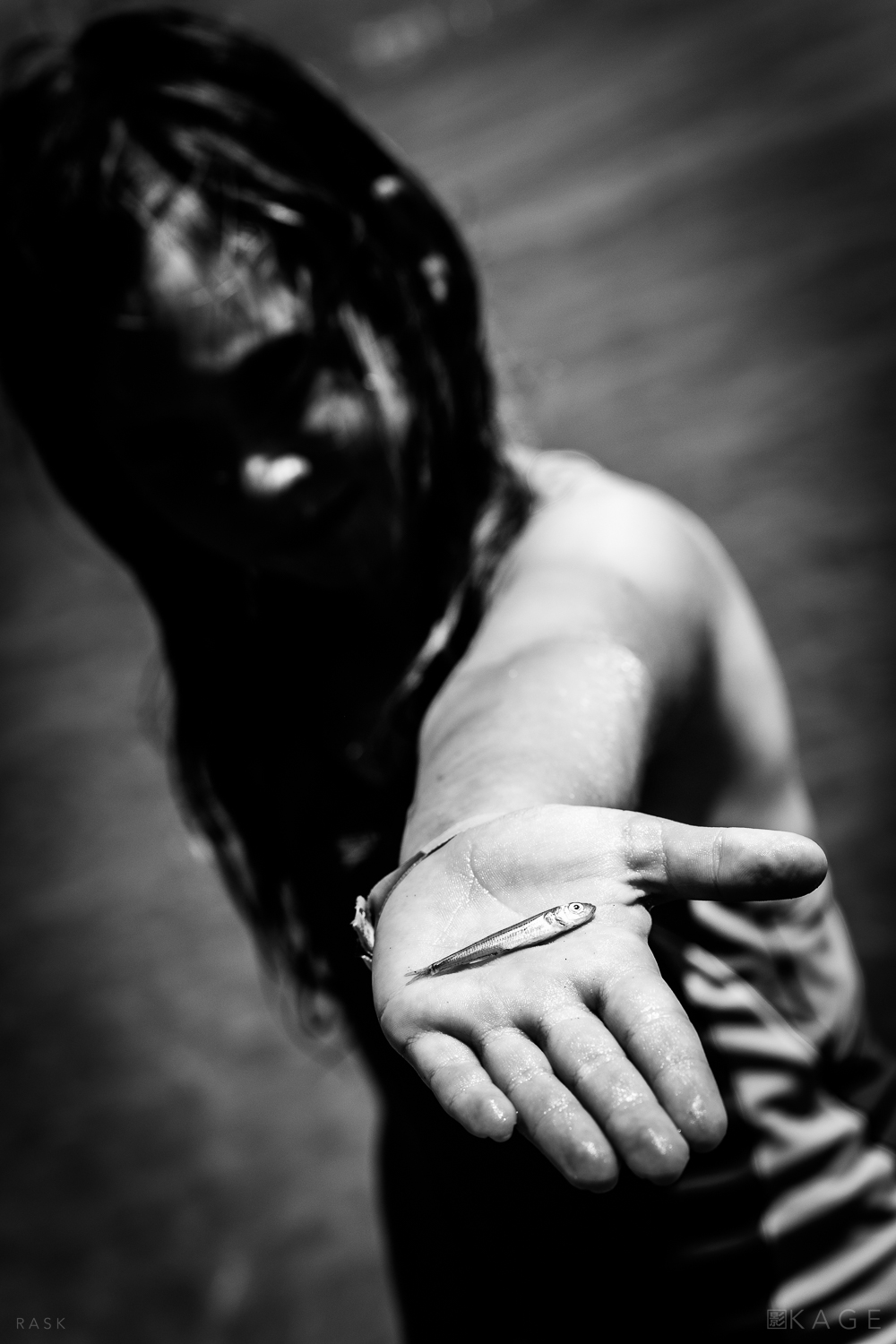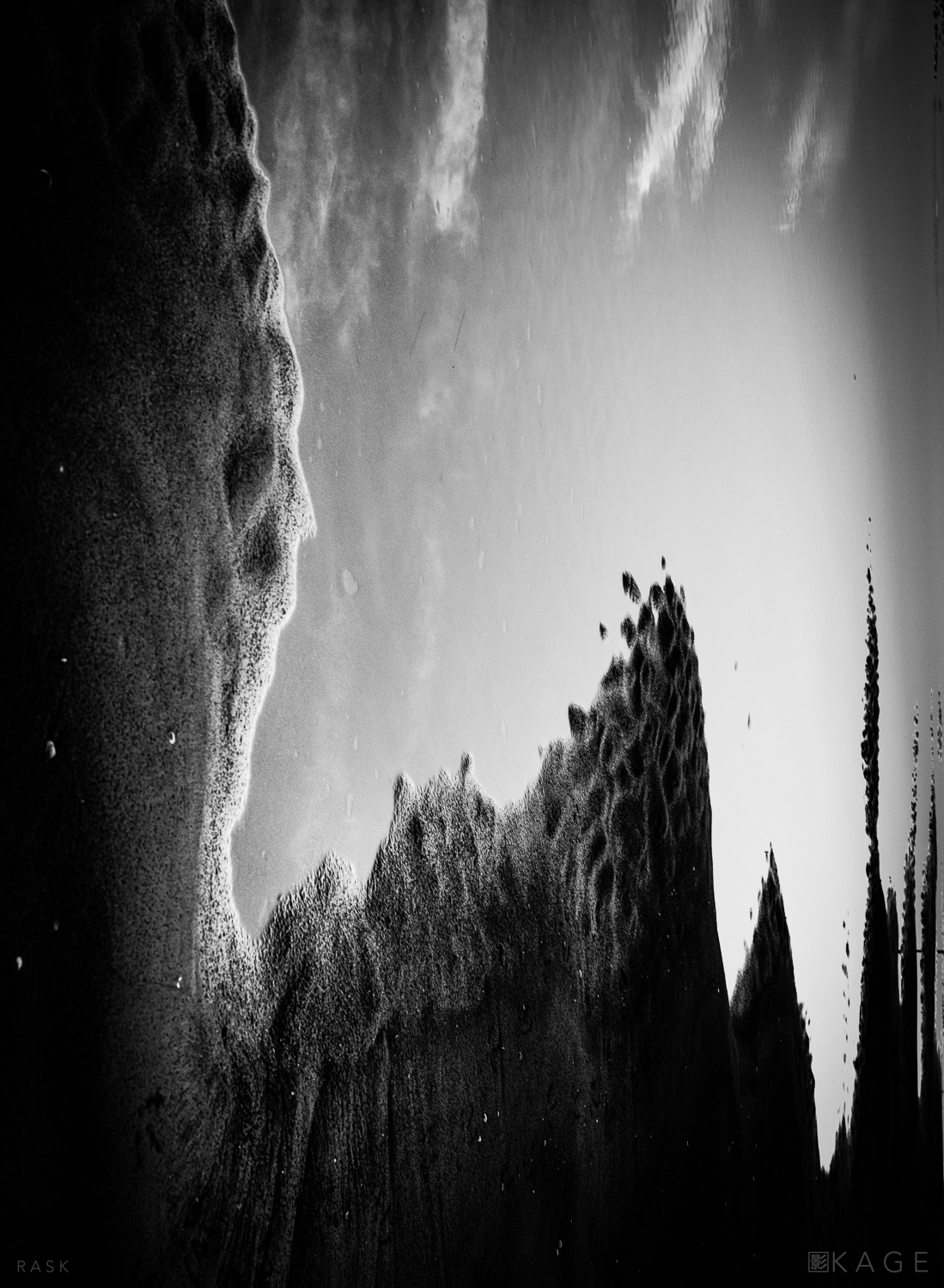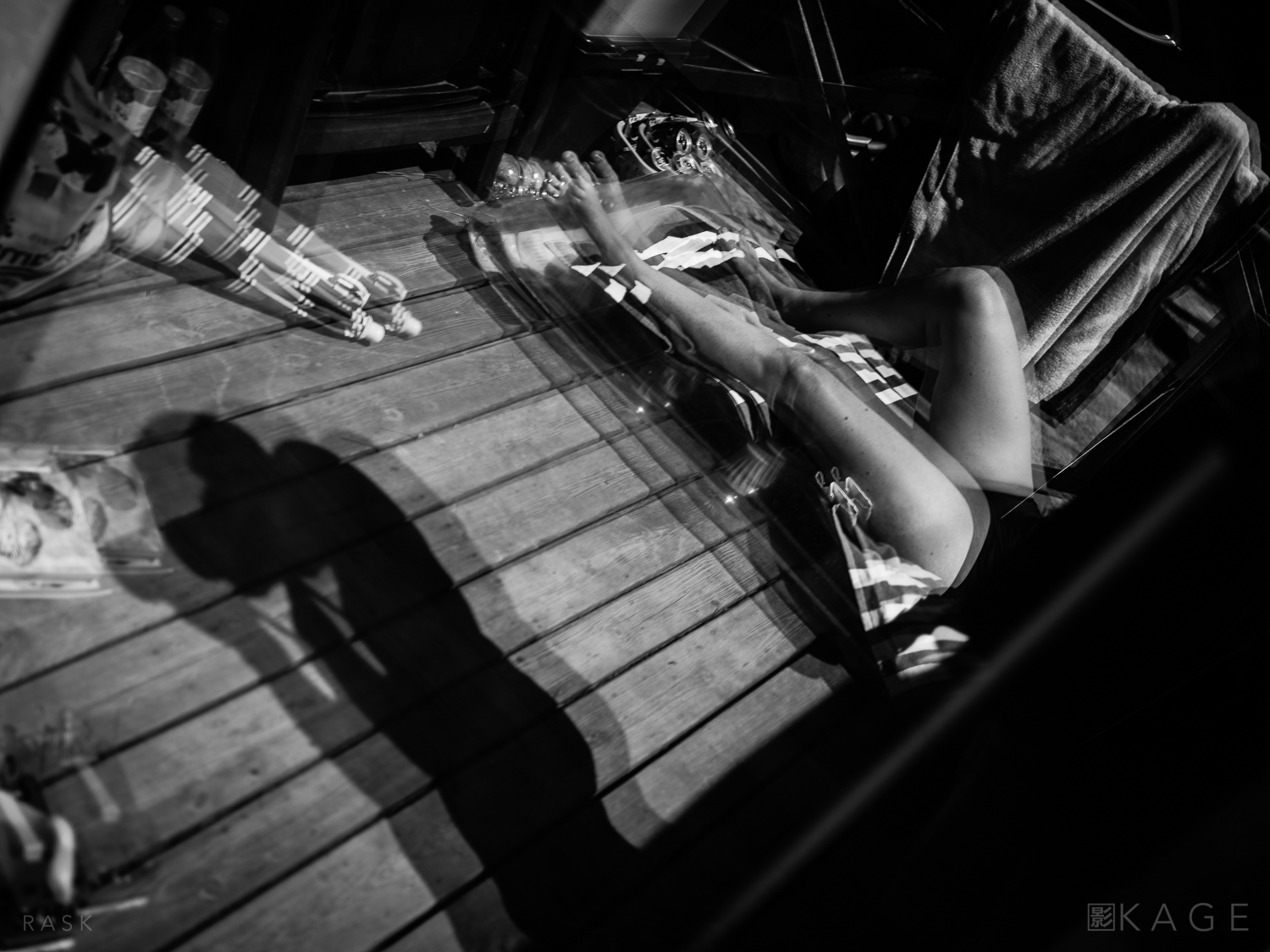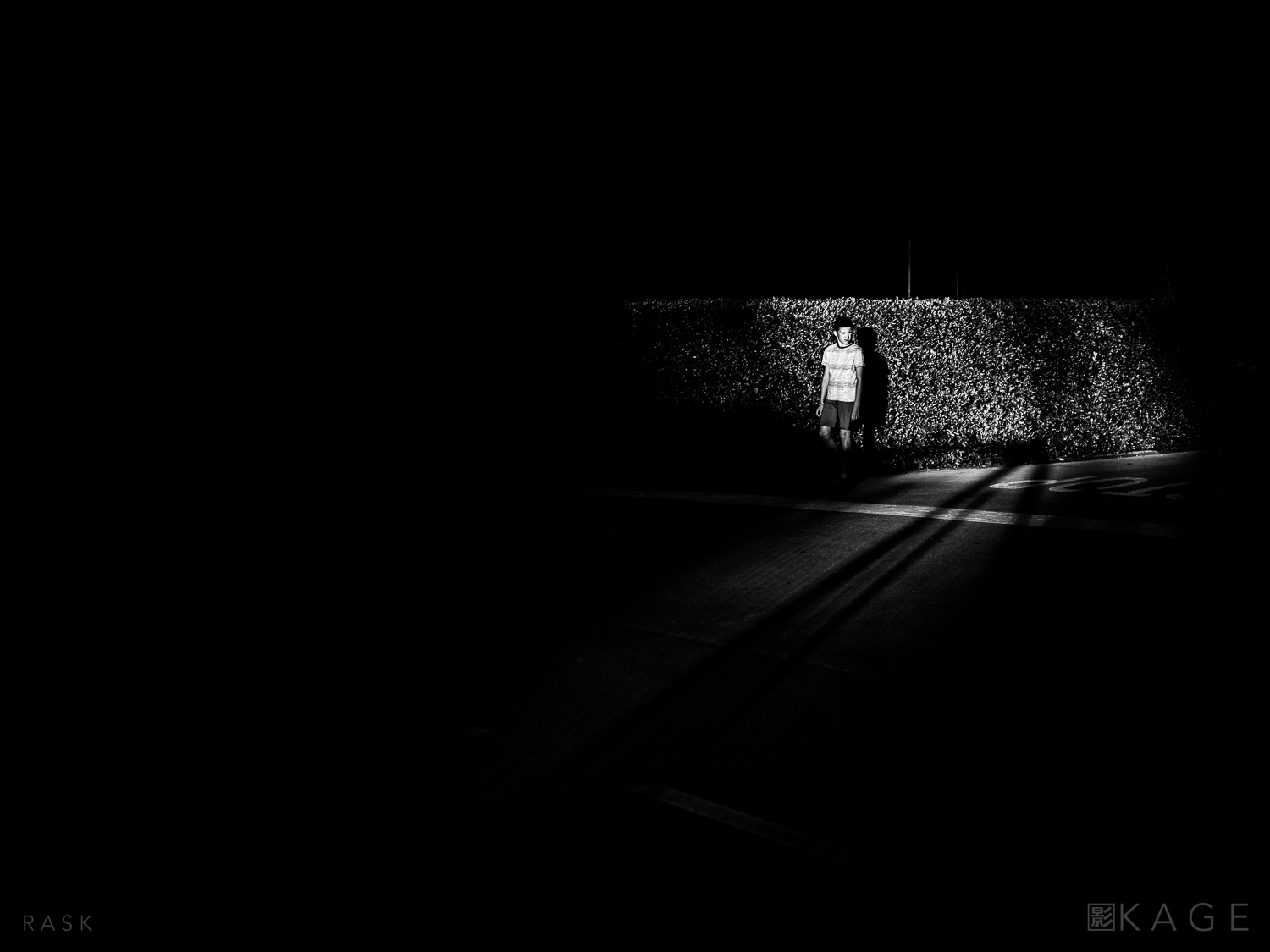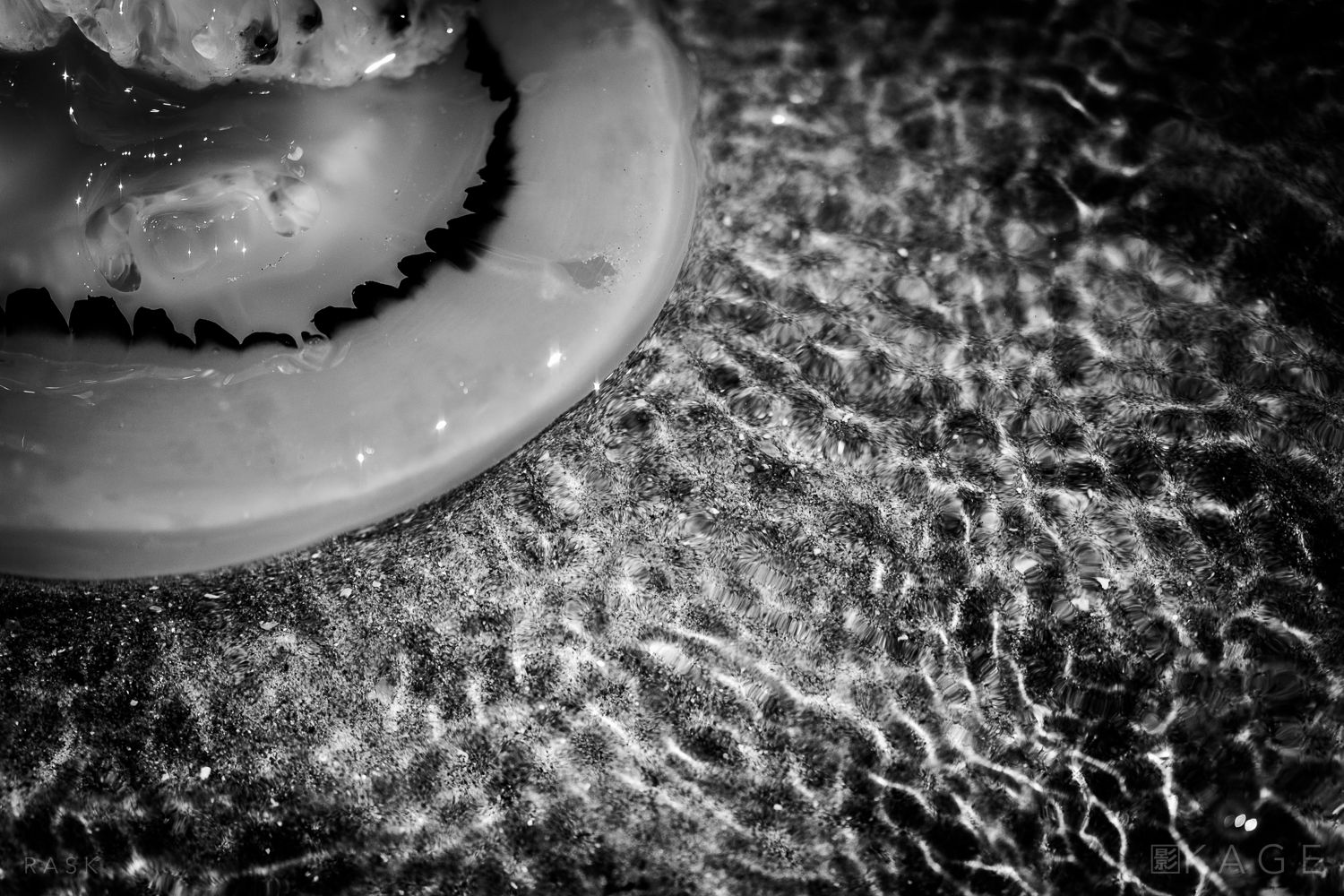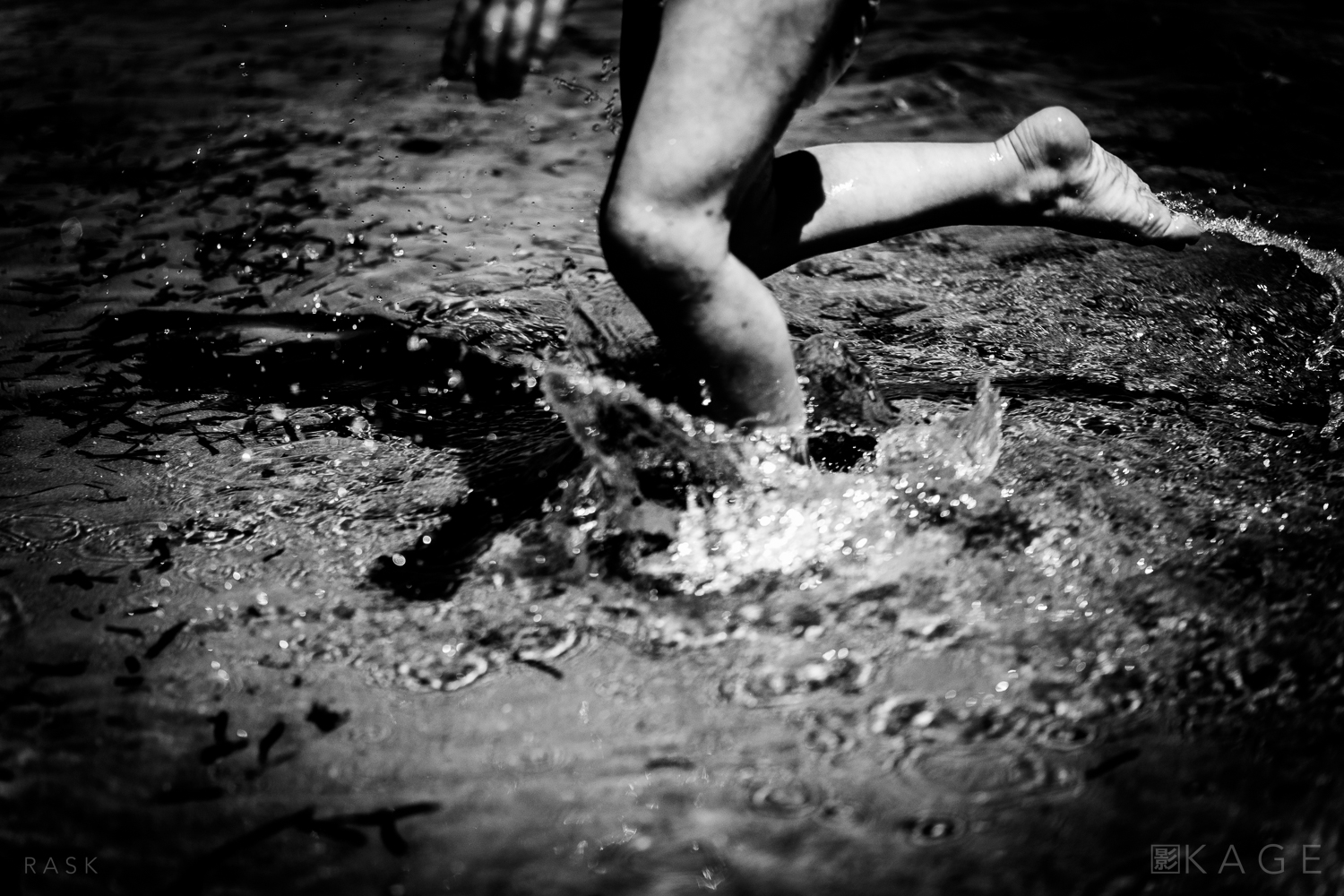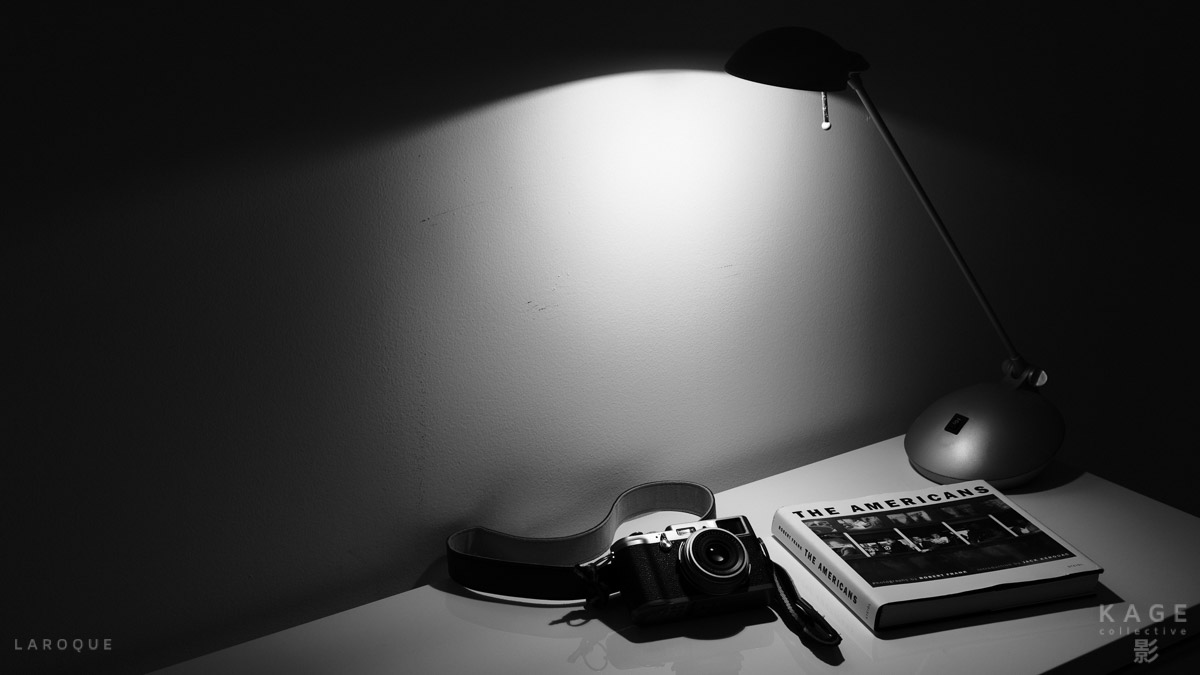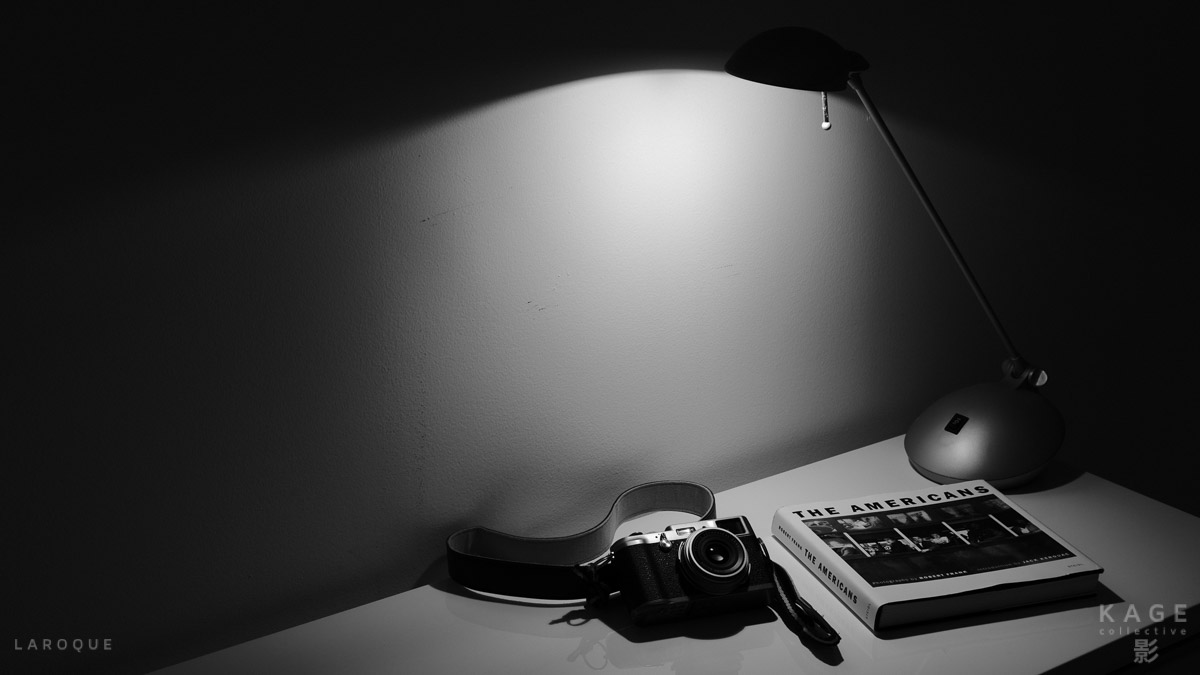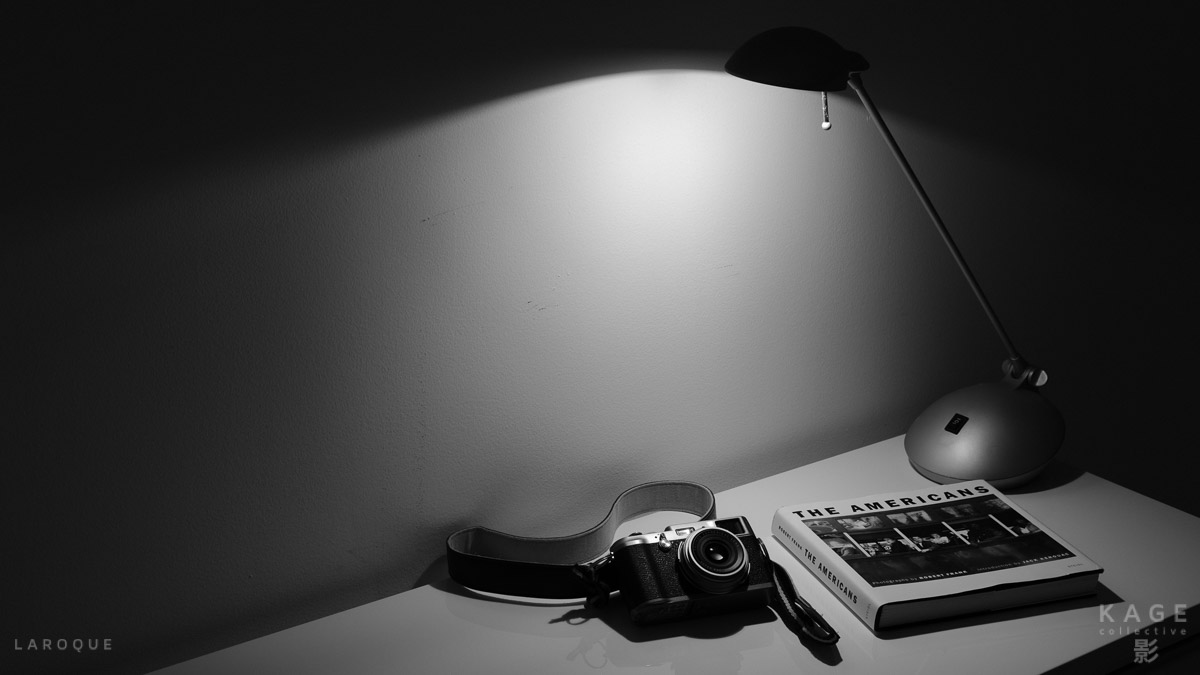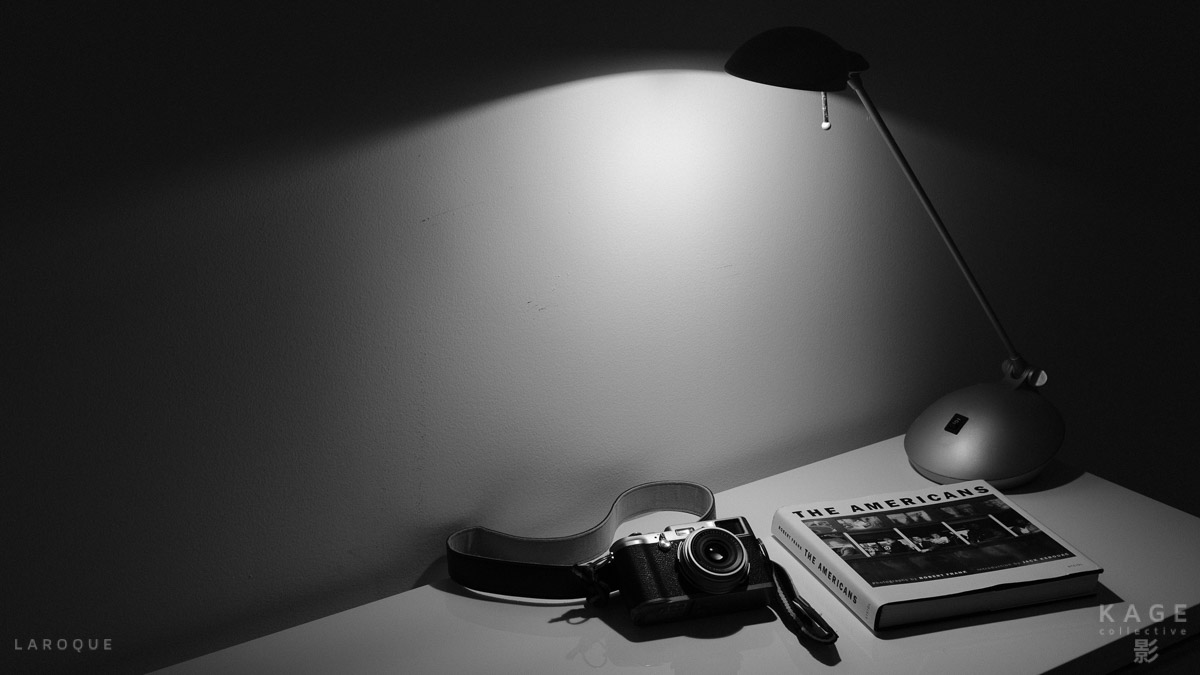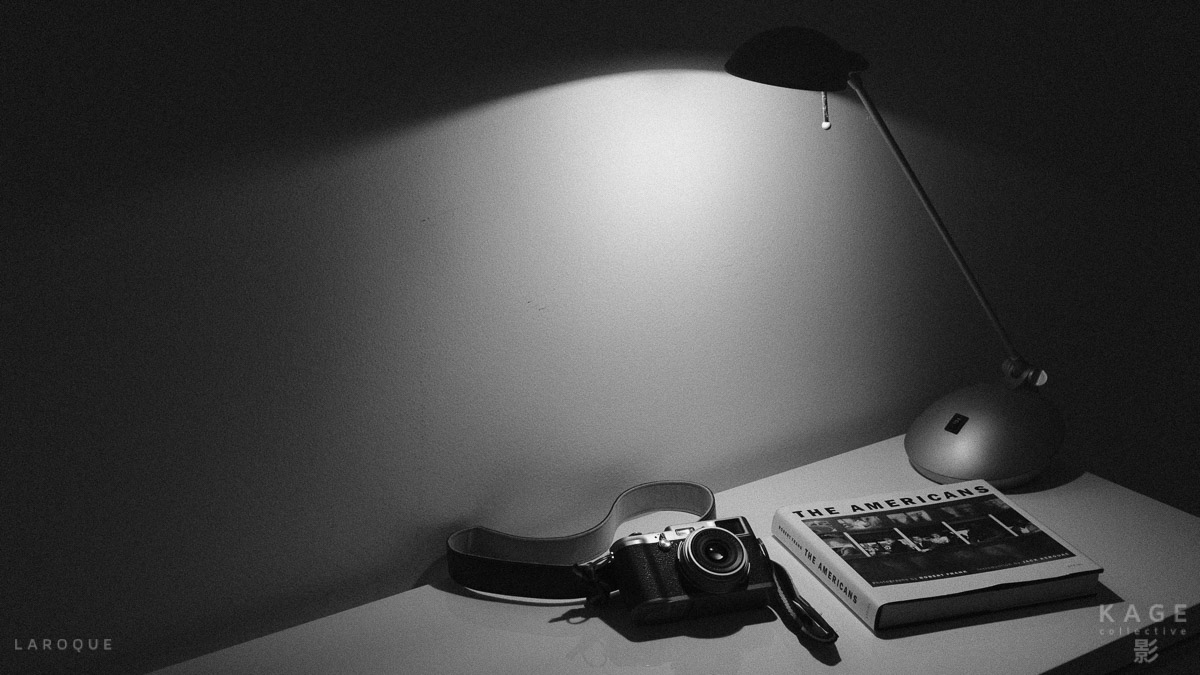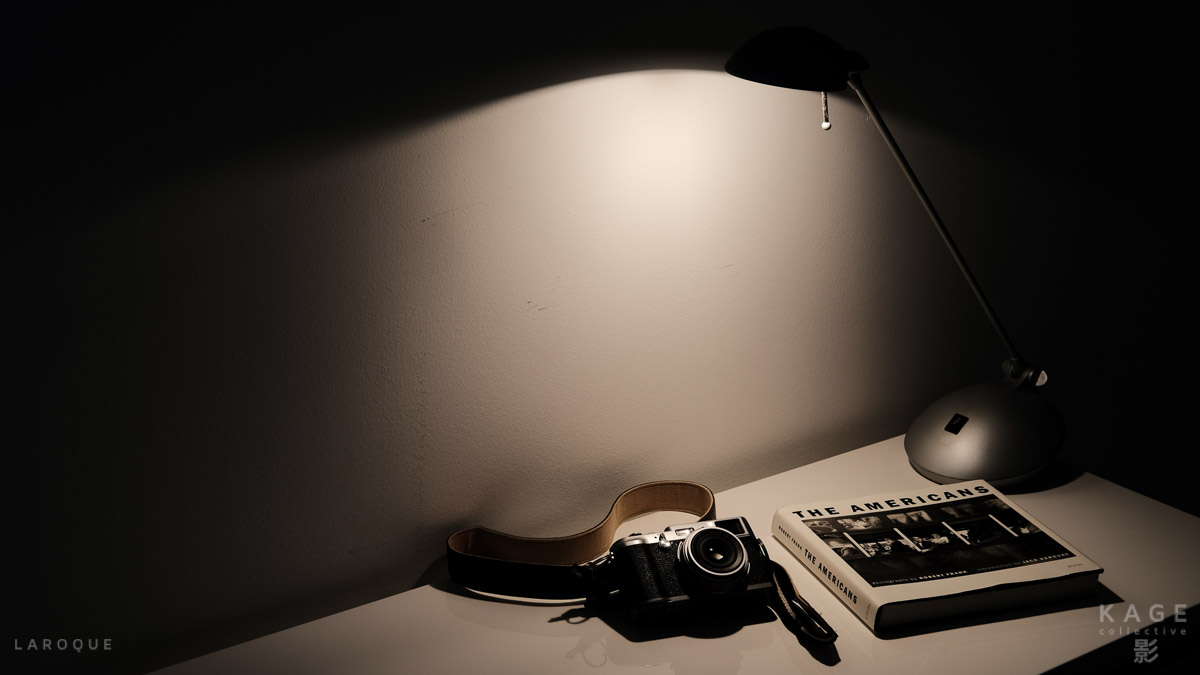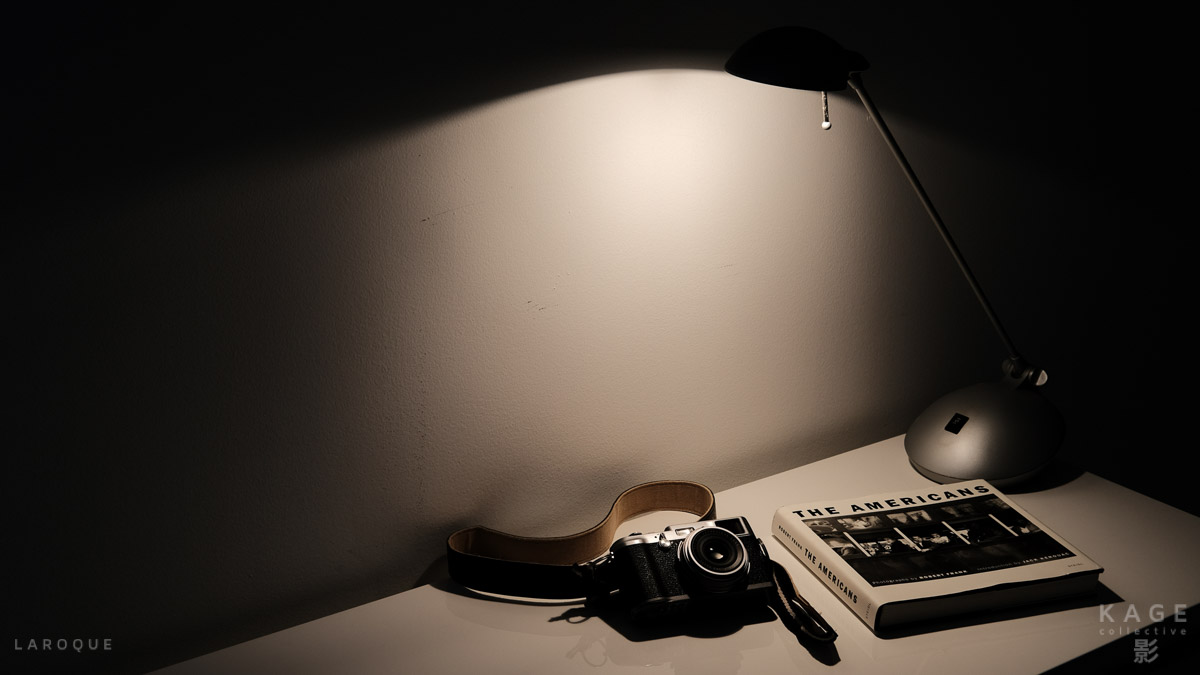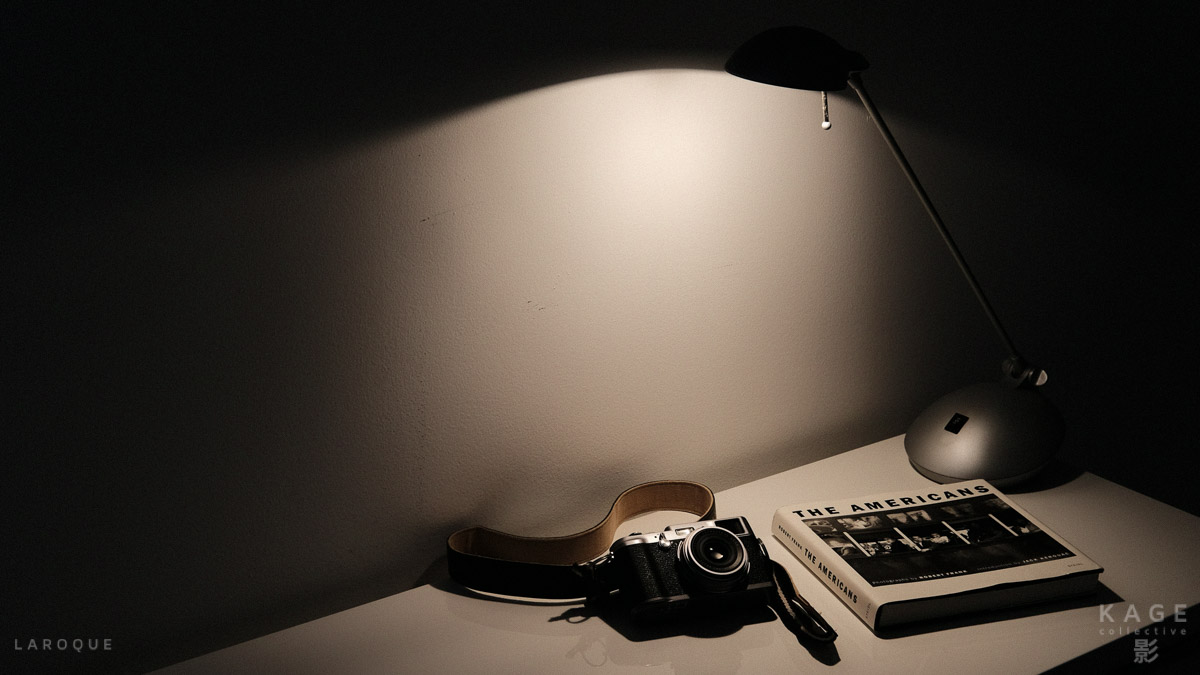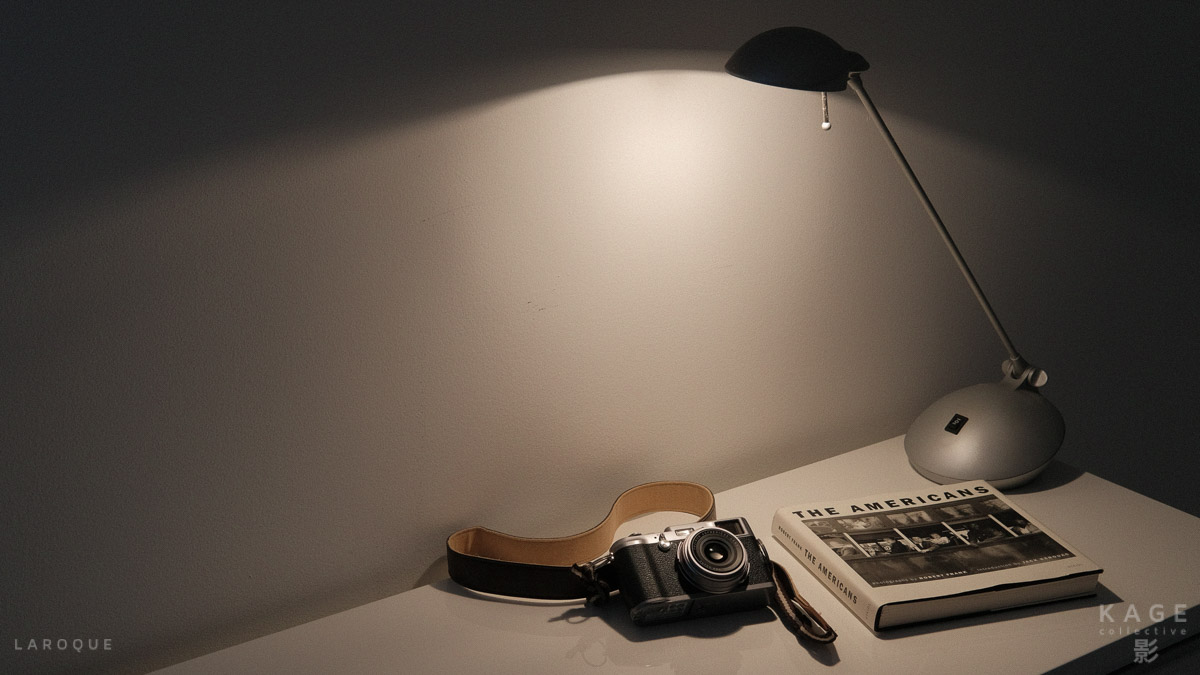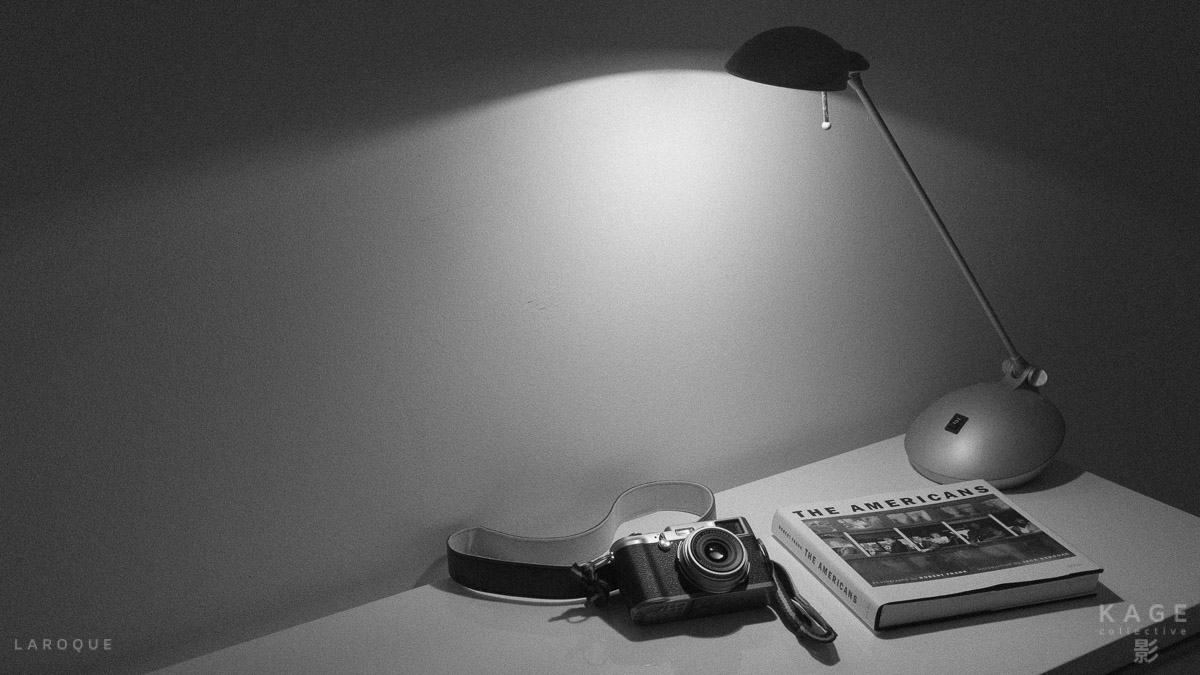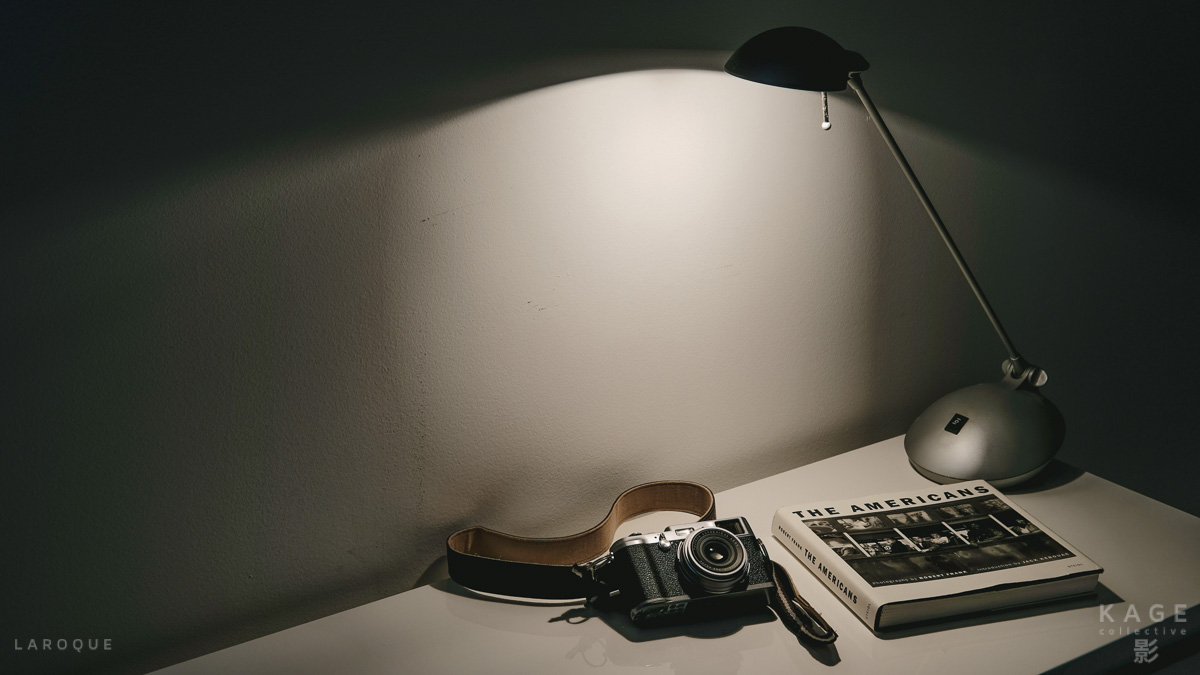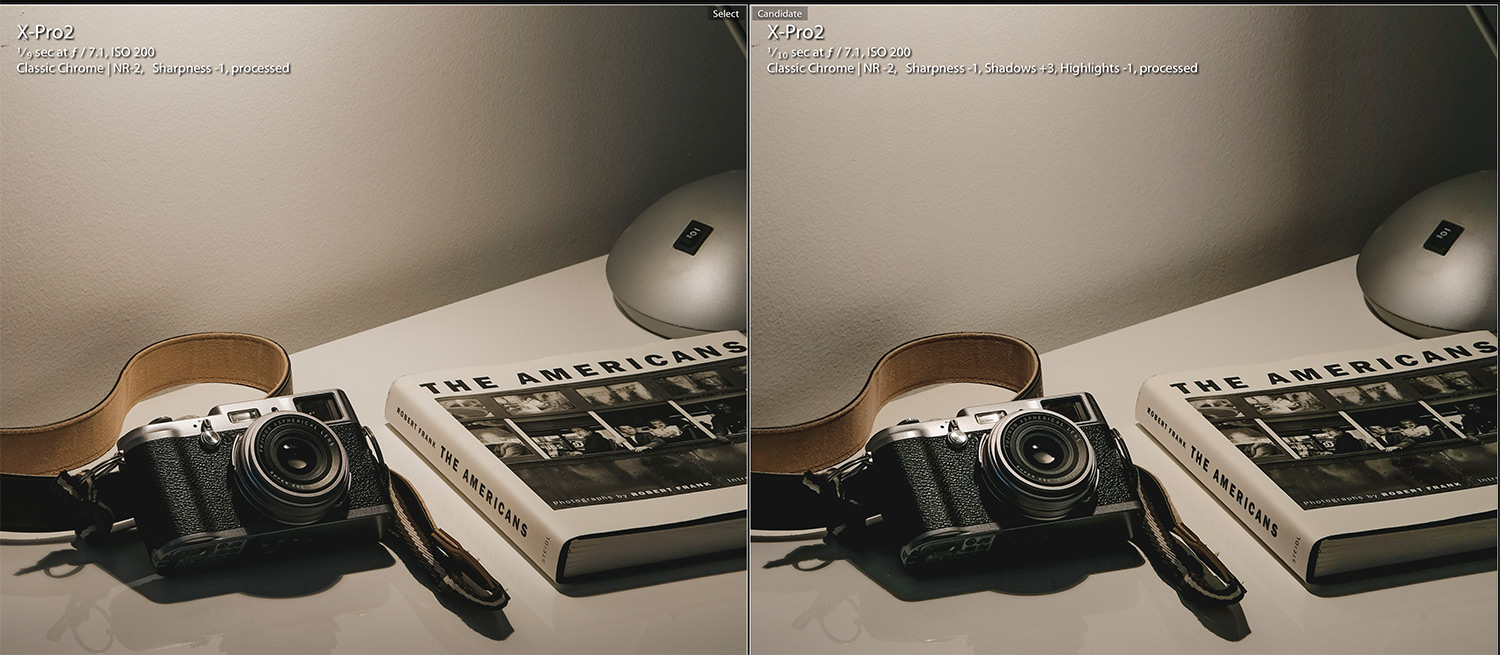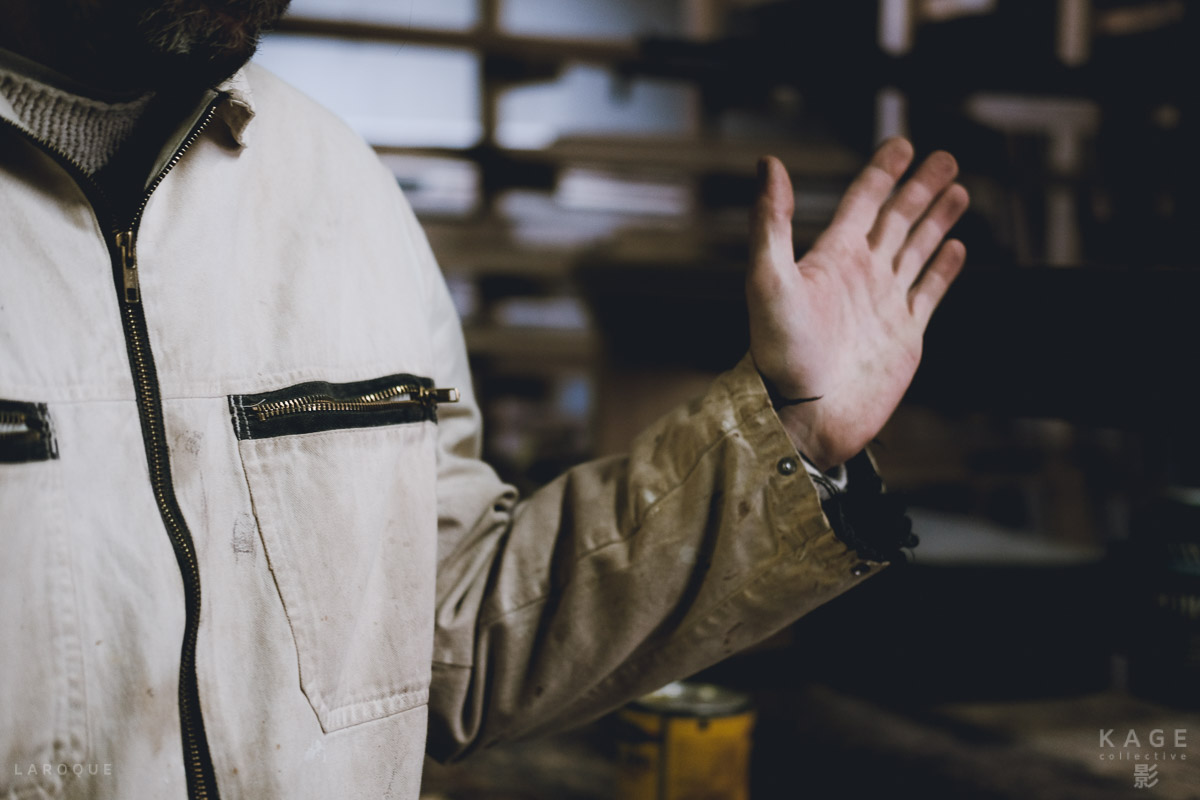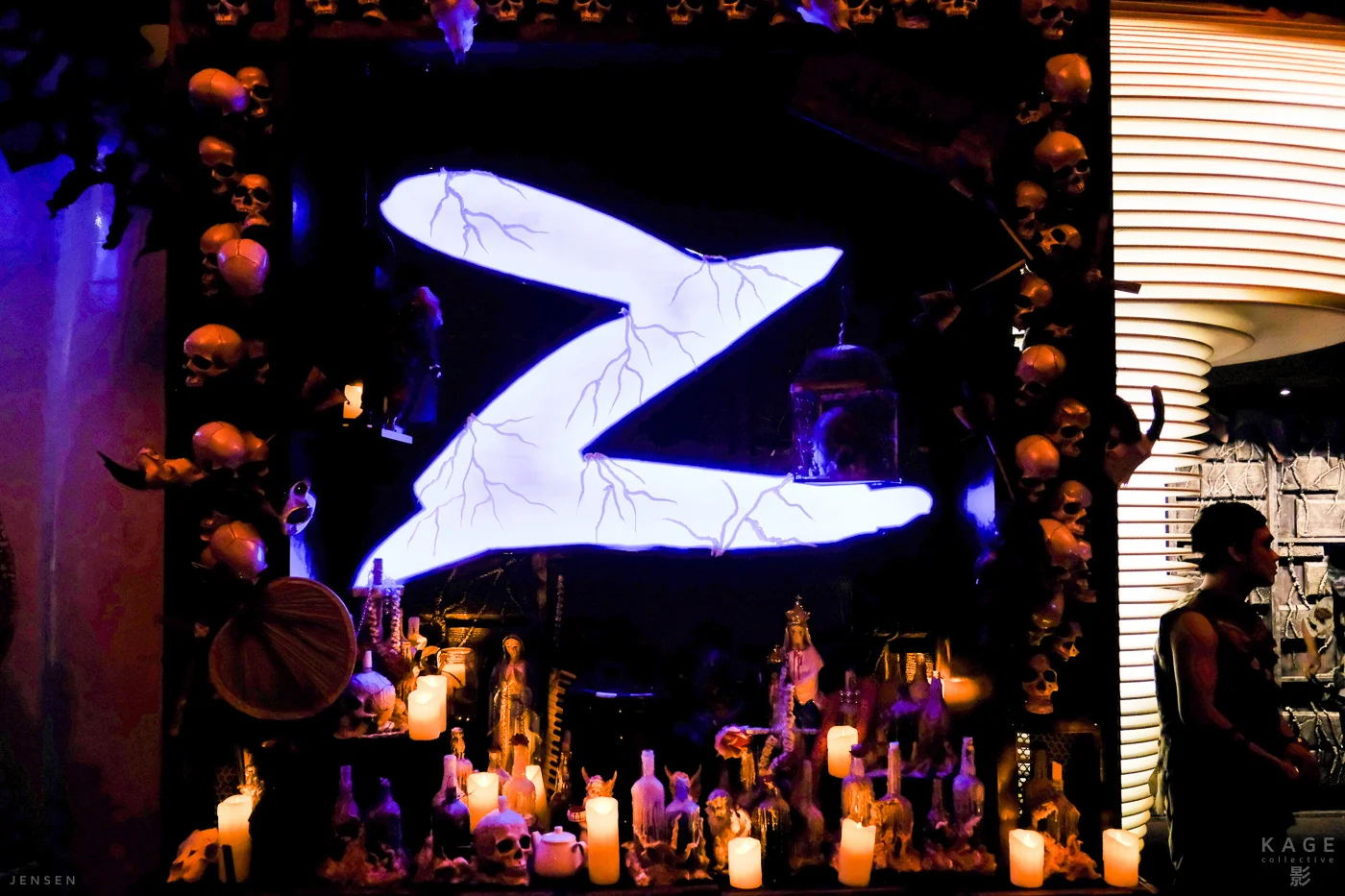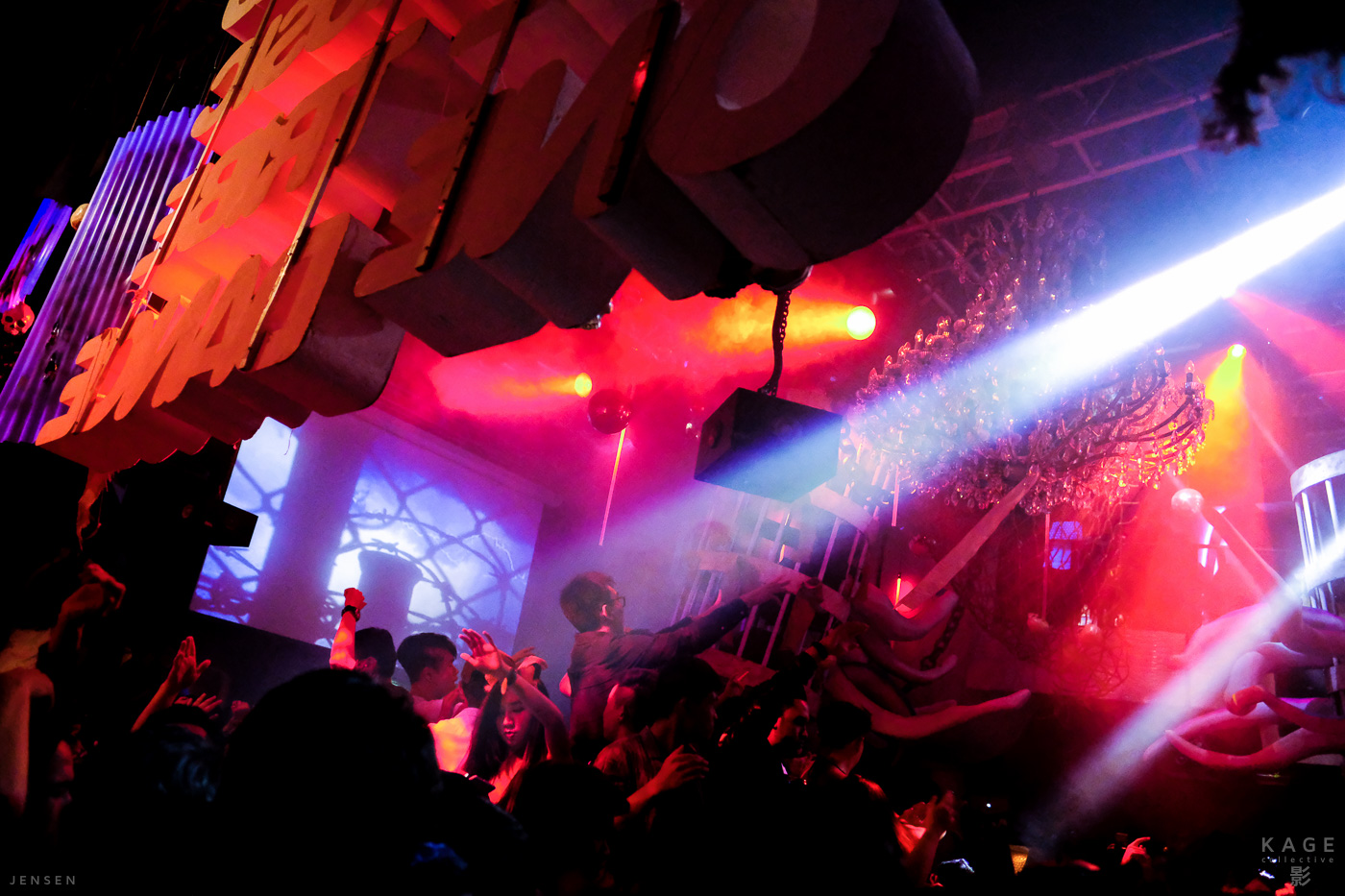Even though the X-T1 brought significant technological improvements, the X-Pro1 has always remained my favourite camera for portraiture, mainly because I prefer the rangefinder-style shape over the mini-DSLR form. With the X-Pro2 I get the ergonomics of the X-Pro1 with the functionality of the X-T1 … and more.
The X-Pro2 feels just fine in my regular sized man hands. After retraining my muscle memory for a couple of days, all the buttons and dials seem to be at the right place. If you are right eyed like me, the viewfinder on the side gives you the benefit of not being hidden behind the camera. With a DSLR-style camera, even a small one like the X-T1, the camera hides most of the photographer’s face. For me it’s very important to build a rapport with my subject. With a camera that isn’t a barrier between us, I find it a lot easier to connect to the sitter.
For me, the X-Pro2 is made to be used with prime lenses. With bigger, heavier zooms like the 16-55 or the 50-140 the camera is less well balanced than an X-T1 with the battery grip, particularly when shooting vertical.
The improved AF and the ability to quickly change focus points with the new joystick make life easier. I often shoot with a very shallow depth of field, so the focus must be absolutely spot on. There are also some improvements in the shutter speed department. The mechanical shutter now goes up to 1/8000 and if that’s not fast enough, you can use the electronic shutter for even faster speeds when using a wide open aperture in a bright environment. Finally, we also get the industry standard 1/250 flash sync speed which is good news for anyone who likes to combine ambient light with flash.
The X-Pro2 has the kind of wifi-connectivity we’ve seen in all the latest cameras and can print straight to the Instax Share SP-1 printer. As I often want to send a quick picture to the subject for social media use or give them one of those little magic Instax prints, this is a great addition to build connections.
For portraits I often use the Astia and the Black and White with Red Filter film simulations. These are still there and we get more control over the degree of noise reduction, shadows, highlights and sharpening in camera. There’s also the new Acros black and white film simulation which I found to be very pleasing in some portrait situations. Your preferences may vary from mine but more options and more control are better for everyone.
The X-Pro2 has a new sensor that packs about eight more megapixels but the Fujifilm magic is still presents. I also figure, I can go up one more stop in the ISO settings compared to the X-T1. I’ve been doing a number of test portrait shoots with a prototype of the X-Pro2 and there’s only one thing that I didn’t like … I couldn’t share my enthusiasm because the camera had to remain a secret … until now. So here it goes: Yihaaaaaaa, the X-Pro2 is here and it’s everything I expected and hoped it would be.
GALLERY
